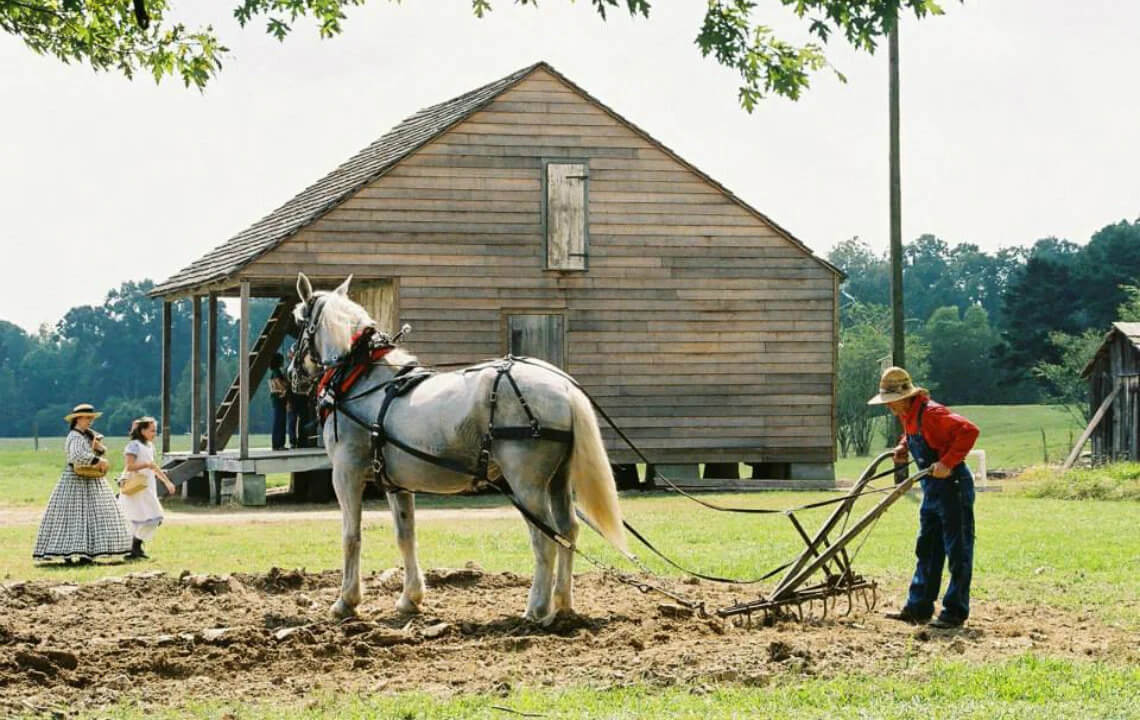If you’re looking for a Weekend getaway that offers plenty of cultural attractions and outdoor activities, Baton Rouge, Louisiana is a great destination. Take a moment to explore the state capital’s wide array of attractions, from the destroyer USS Kidd memorial to the beautiful Magnolia Plantation – we’ve got 8 Top-Rated things to do in Baton Rouge that will be sure to make your visit memorable.
8 Things to Do in Baton Rouge, LA
| Place To Visit | Exact location | Opening & closing time | Fee |
|---|---|---|---|
| USS Kidd Veterans Memorial | 3050 N Causeway Blvd, Baton Rouge, LA 70802 | 9:00 AM – 4:00 PM | Free |
| Historic Old State Capitol Building | 900 North Street, Baton Rouge, LA 70802 | 9:00 AM – 4:00 PM | Free |
| LSU Tiger Stadium | 2345 Nicholson Drive, Baton Rouge, LA 70808 | Game times vary | $25 – $100 |
| Louisiana State Capitol | 900 North Street, Baton Rouge, LA 70802 | 8:00 AM – 4:30 PM | Free |
| Magnolia Mound Plantation | 1800 block of River Road, Baton Rouge, LA 70802 | 9:00 AM – 5:00 PM | $10 |
| LSU Rural Life Museum | 4560 Hwy 44, Baton Rouge, LA 70808 | 9:00 AM – 4:30 PM | $5 |
| Bluebonnet Swamp Nature Center | 10500 N Oak Hills Blvd, Baton Rouge, LA 70816 | 9:00 AM – 5:00 PM | $3 |
| Magnolia Plantation | 1800 block of River Road, Baton Rouge, LA 70802 | 9:00 AM – 5:00 PM | $10 |
USS Kidd Veterans Memorial

The USS Kidd Veterans Memorial in Baton Rouge is an important part of the city’s history and is definitely worth a visit. Home to the destroyer USS KIDD – named after Rear Admiral Isaac Campbell Kidd, Sr., who was killed during the 1941 attack on Pearl Harbor – the memorial tells the stories of the ship’s long, fascinating history before it was eventually decommissioned in 1964. Visitors can climb aboard and take a closer look at the USS KIDD, while the complex also consists of an observation tower and a museum featuring unique artifacts, model ships, and a miniature replica of Washington D.C.’s Vietnam Veterans Memorial Wall.
Historic Old State Capitol Building
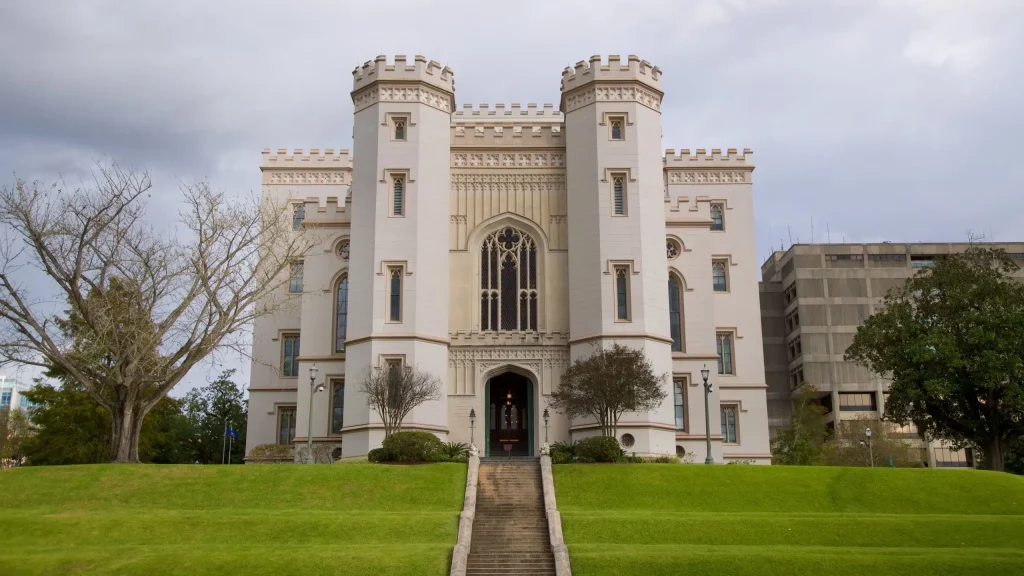
One of Baton Rouge’s must-see sites is the Old State Capitol building, a Gothic-Revival castle built in 1847. The building has an important historical and architectural significance, as evidenced by its elegant, eye-catching features. Visitors can take a trip back in time with various exhibits showcasing The Legacy of Huey Long, The Governors’ Portrait Gallery, Baton Rouge and the Civil War, and more. It is located at 100 North Boulevard, Baton Rouge, Louisiana.
LSU Tiger Stadium
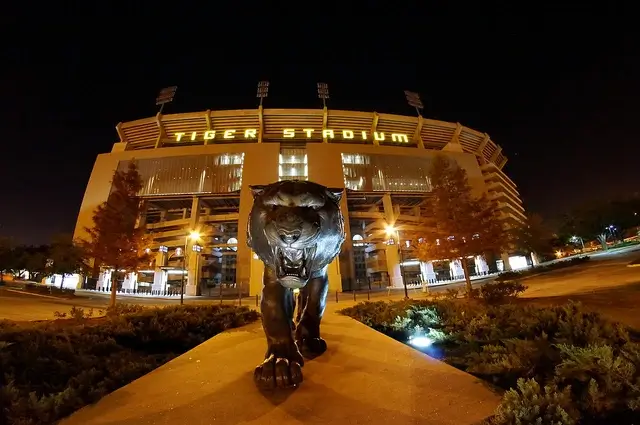
LSU Tiger Stadium, affectionately known as “Death Valley,” is a great place to experience Baton Rouge like a local. Nicknamed after a remarkable victory over Clemson in 1959, the stadium has been hosting home games for LSU Tigers since 1924. The stadium also hosts special events throughout the year, while the on-campus attractions like the LSU Rural Life Museum, LSU Museum of Natural Science, and the luxurious 15,000-square-foot habitat of LSU’s mascot Mike the Tiger must not be missed.
Louisiana State Capitol
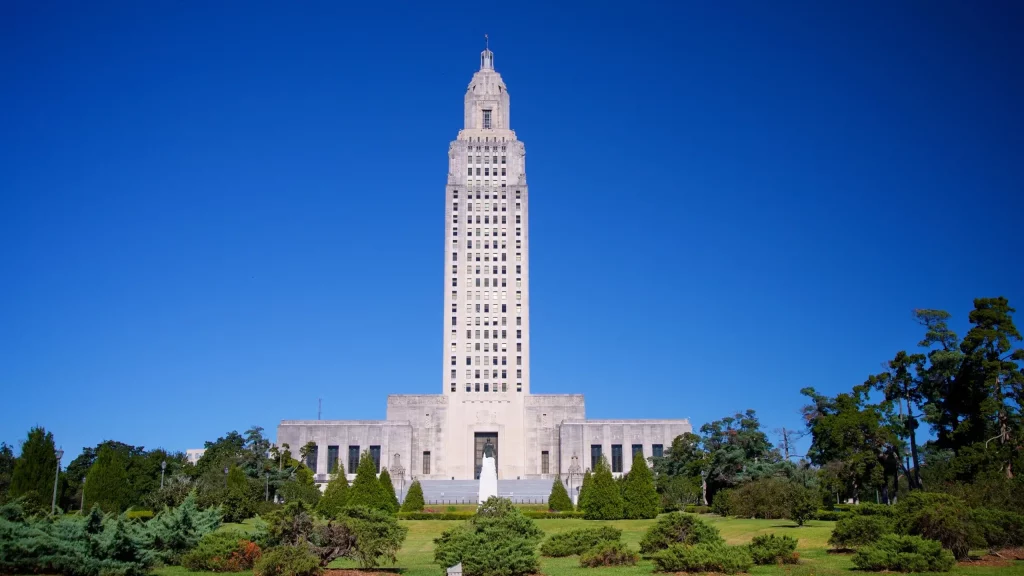
A visit to the Louisiana State Capitol should be at the top of any traveler’s itinerary. Not only is it a stunning structure, but it is also home to some interesting artwork. Adorning the exterior are two groups of statues: The Patriots and The Pioneers. On the inside, guests will be treated to ornate furnishings and marble that perfectly match the decor. Be sure to look closely and appreciate all the incredible work done by the artisans who worked on the Capitol.
Louisiana is a captivating city full of a rich history and fascinating sights – there’s no shortage of things to discover if you take the time to explore. From shopping and dining experiences, to historical monuments and outdoor activities, Baton Rouge has an abundance of attractions that are guaranteed to entertain everyone. So grab your map and get ready to tour one of Louisiana’s most celebrated cities.
Magnolia Mound Plantation
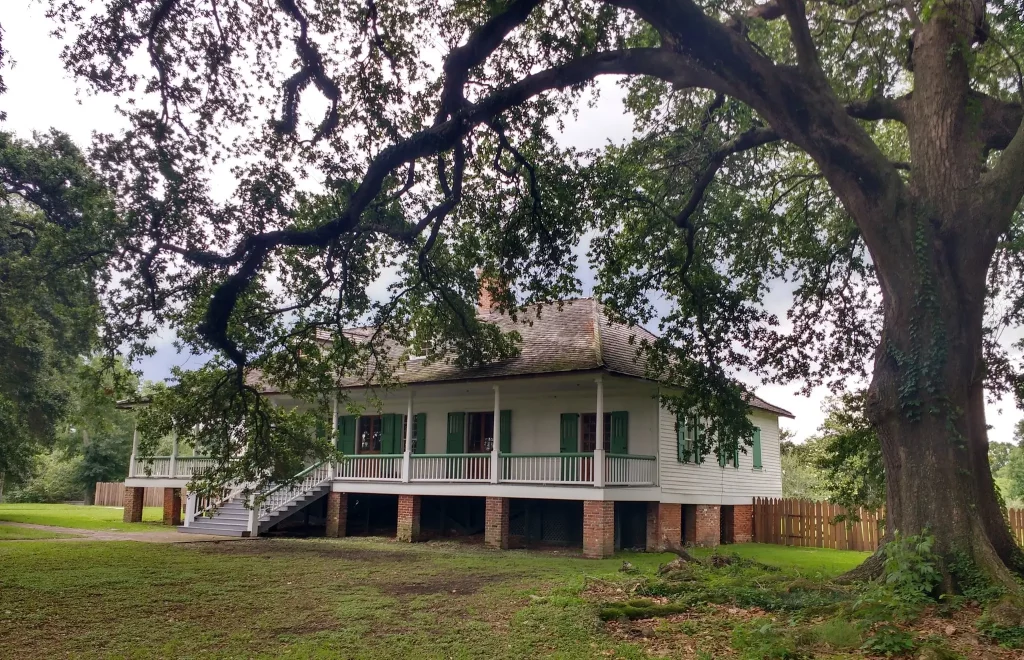
A must-see attraction in Baton Rouge is the Magnolia Plantation (1791), one of the oldest in the region. Here visitors get an insight into the area’s rich history that dates back centuries. The plantation features beautiful old mansions, as well as a variety of artifacts and historical records.
The property was originally owned by the French Army officer Jean-Baptiste Le Prete and has since been passed on through generations. It is open to the public for tours and provides an eye-opening education about the culture, architecture, and history of Louisiana.
LSU Rural Life Museum
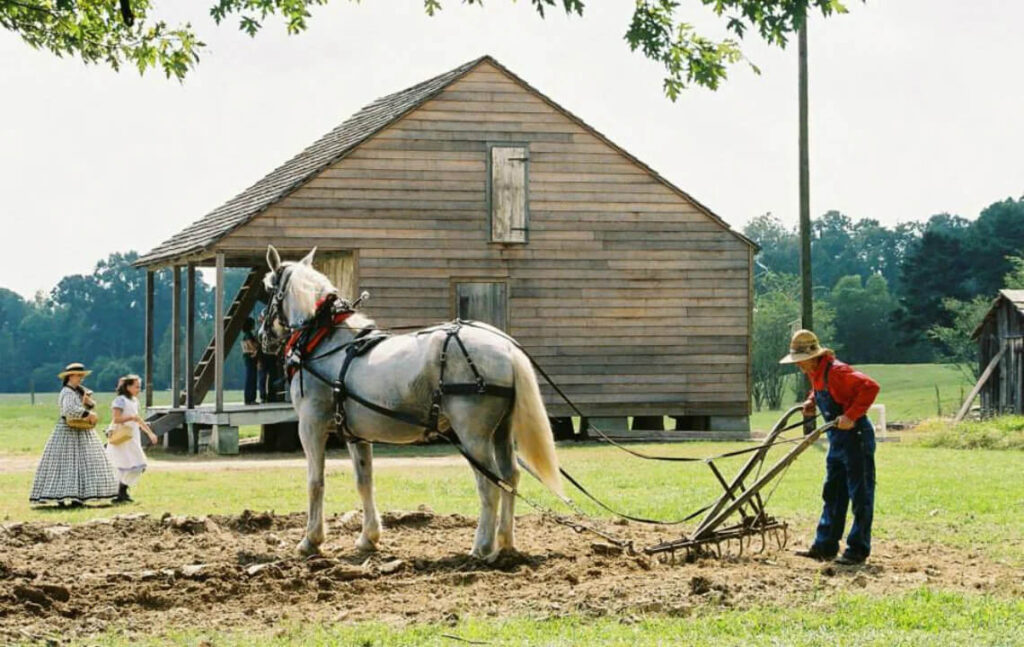
The LSU Rural Life Museum offers visitors an insight into Louisiana’s rich history, with unique exhibits and events held both on-site and online. The museum can be found on the grounds of the Louisiana State University which was established in 1860 near Alexandria and moved to Baton Rouge in 1869. Ancient American Indian mounds located on the property are estimated to date back more than 1,600 years.
The museum is filled with interesting artifacts, including old photographs, tools, equipment, furniture, and documents, all depicting everyday life in the 19th Century Louisiana. Visitors can also take part in special activities such as weaving demonstrations or harvesting cotton, or simply admire the impressive plantation gardens and the Old South atmosphere.
Bluebonnet Swamp Nature Center
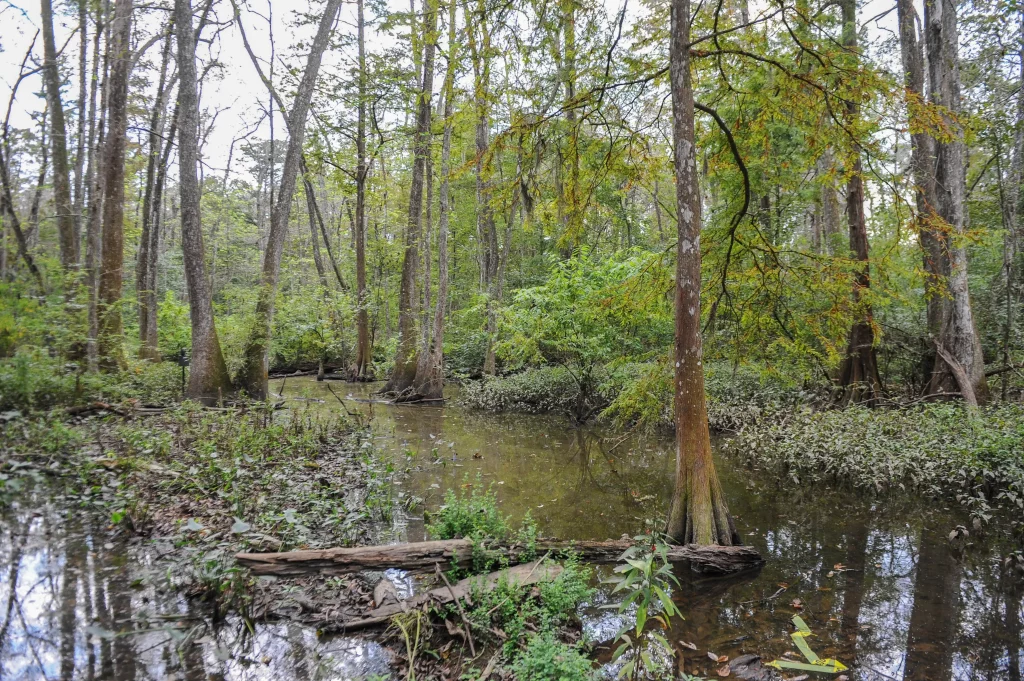
Nature lovers should not miss out on the opportunity for a fun adventure at the Bluebonnet Swamp Nature Center, located in the heart of Baton Rouge. The center spans over 103 acres of diverse habitats, with 12 miles of trails perfect for hiking, biking, running, or just exploring the scenic landscape. Keep your eyes peeled for some of Louisiana’s native wildlife, including different species of birds, turtles, nutria, and alligators.
The Bluebonnet Swamp Nature Center also offers a number of educational programs and field trips for children and adults alike to discover more about the area’s natural history, flora and fauna, and conservation efforts.
Magnolia Plantation
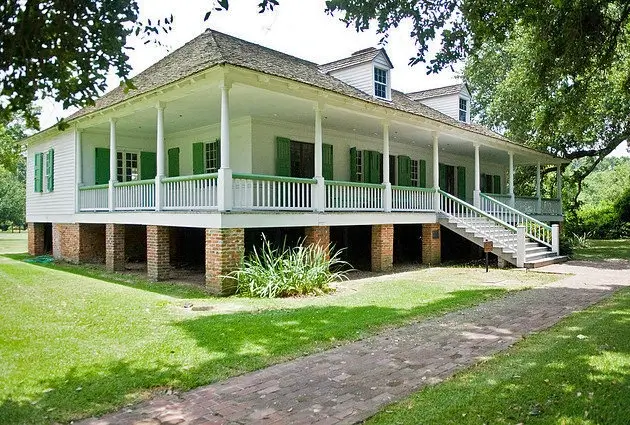
An absolute must-see attraction in Baton Rouge is the Magnolia Plantation (1791) — one of the oldest in the area, and a spectacular example of southern charm. A guided tour takes visitors through the meticulously kept grounds, beautifully preserved outbuildings and slave cabins, a period kitchen, the original manor house, and a number of other interesting features.
The Magnolia Mound Plantation is a great educational experience where visitors can learn more about the social structure of the Antebellum South and the hardships endured by plantation owners and their slaves.

